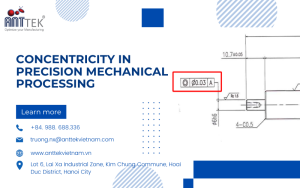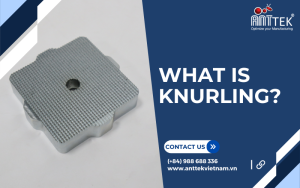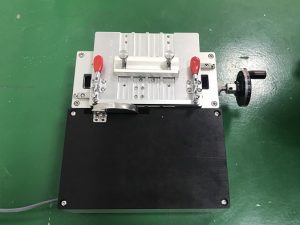Manufacturing Processes and Standards for Finishing Jigs
The manufacturing process of jigs is a complex one, involving numerous technical steps to ensure they meet the standards for precision, durability, and functionality in production environments. Below is a logically structured and detailed presentation of the jig manufacturing process:
1. Research and Requirement Analysis
Defining Usage: First, clearly identify the purpose of the jig—whether it will be used for drilling, welding, cutting, assembly, or other processes. Each purpose requires specific designs and features.
Analyzing the Machined Parts: Measure the dimensions and shapes of the parts to be machined to determine how the jig will secure and position them. This ensures accuracy during production.
Establishing Precision Requirements: Determine the level of precision needed for the final product, then set appropriate design standards for the jig. Precision requirements can vary depending on the machining type and final product specifications.
2. Jig Design
Preliminary Design: Use CAD software to sketch initial design concepts, ensuring the jig can fulfill the desired functions based on initial requirements.
Design Analysis and Optimization: Conduct operational simulations to evaluate the jig’s durability, accuracy, and efficiency. Optimize the structure and materials to enhance durability and reduce manufacturing costs.
Technical Drawing Development: Once the design is optimized, create detailed technical drawings that include exact dimensions, materials, and other critical specifications.
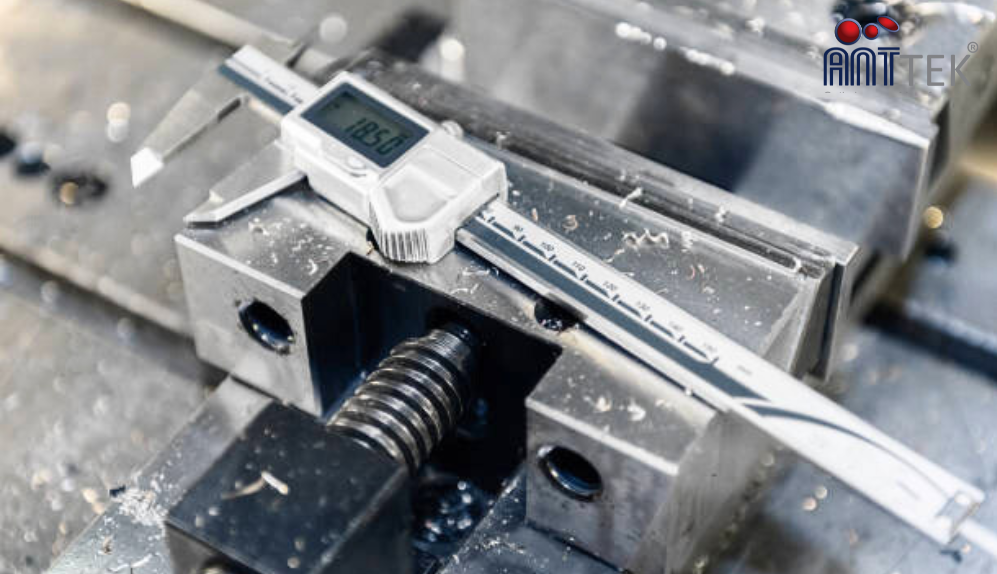
3. Material Selection for Jigs
Material Selection: The jig’s material must meet requirements for strength, wear resistance, and machinability. Common materials for jigs include alloy steel, aluminum, or engineering plastics, depending on specific applications.
4. Jig Fabrication
Cutting and Shaping: Machine jig components from the selected material using cutting, milling, turning, or CNC machining to achieve the dimensions and shapes specified in the technical drawings.
Assembly: After machining, assemble the components into a complete jig. High precision is required to ensure proper fit and functionality.
Quality Inspection: After assembly, perform dimensional and functional checks to ensure the jig meets specified standards.
5. Inspection and Testing
Operational Testing: Test the jig under actual production conditions to verify its performance, accuracy, and stability. Ensure it can securely hold the workpiece without causing deformation or errors.
Adjustment: If any defects or issues are found during testing, make the necessary adjustments to achieve optimal accuracy and functionality.
6. Finishing
Surface Treatment: To enhance durability, wear resistance, and corrosion resistance, the jig’s surfaces can undergo treatments such as plating, painting, or anodizing, depending on production requirements.
Final Evaluation: Conduct a final assessment of the jig’s quality and precision after finishing. The jig must meet all technical standards before being delivered for production.
7. Standards for Finished Jigs
After completing the manufacturing process, the jig must meet the following standards:
Machining Precision: Ensure that the jig achieves the required precision as per the technical drawings, with minimal dimensional and shape tolerances to maintain product quality.
Dimensional Accuracy and Tolerances: Ensure dimensions, particularly at fixed and positioning points, comply with tolerance standards. Use tools like CMM machines for verification.
Surface Roughness: Maintain appropriate surface roughness at points of contact with the workpiece to avoid damage during machining.
Durability and Wear Resistance: Check the jig’s ability to withstand forces and wear, especially at points subjected to continuous impact.
Clamping and Positioning Capability: The jig must securely hold the workpiece without deformation while allowing for easy mounting and removal.
Stability and Deformation Resistance: Ensure the jig does not deform under force or heat during extended use.
Ease of Use and Safety: The jig must be user-friendly and safe for operators during usage.
Compatibility: Ensure the jig is fully compatible with machines and production equipment to avoid disruptions in the manufacturing process.
Real-world Testing: Test the jig under actual production conditions to verify its accuracy and stability in a manufacturing environment.
Certification and Final Inspection: Before production use, the jig must undergo final inspections and receive certification of compliance with technical standards.
This process ensures that the finished jig meets all requirements for precision, durability, and efficiency in production.
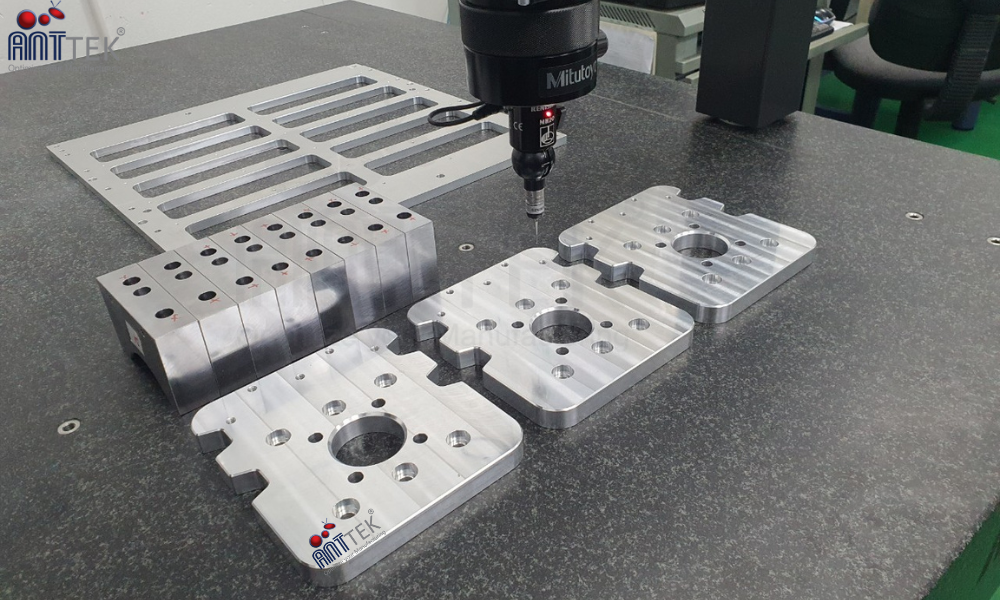
8. Anttek Vietnam – A Wide Range of Machining Services
Anttek Vietnam takes pride in being a leading company in the field of precision mechanical processing, backed by years of experience. We offer a diverse range of machining services, catering to the needs of customers across various industries.
With state-of-the-art equipment and a team of highly skilled technicians, Anttek Vietnam is committed to delivering high-quality products on schedule and at competitive prices. We are always ready to support and collaborate with our valued customers on the path to sustainable growth.
For more details, please contact:










